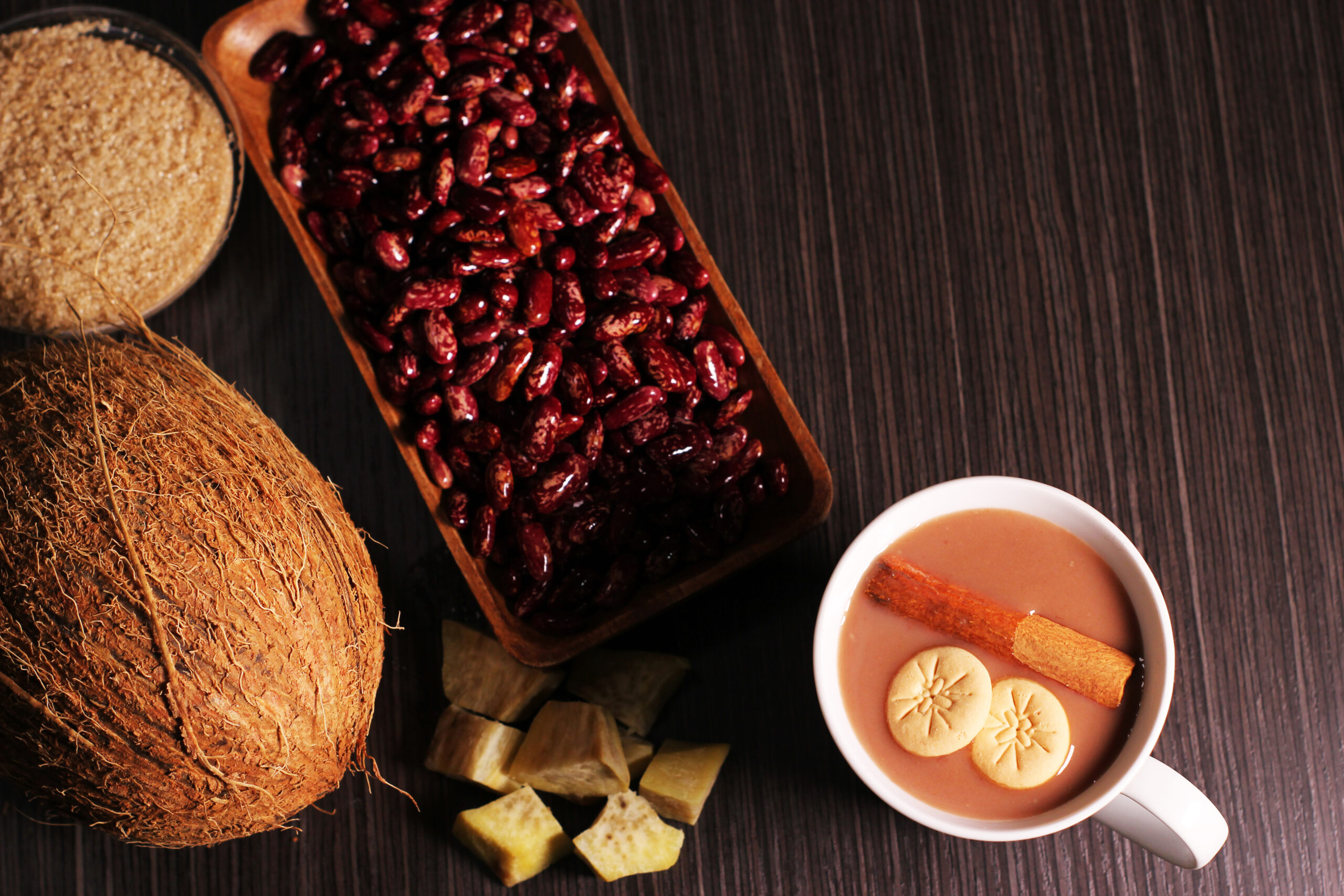Did you know that your skin is the largest organ in your body? Our body’s natural shield has many uses and is always working. Your skin:
- Acts as your body’s first line of defense against harmful germs and UV light.
- Has its own microbiome, a tiny army devoted to keeping you safe.
- Sheds 30,000 skin cells each minute! With that kind of turnover, we want to support our skin with a healthy diet.
Below is a list of nutrients that are essential to healthy skin at every age:
| Nutrient: | Found in: | Why is it important? |
| Vitamin A | Cheese, eggs, liver, carrots, spinach, peppers and papaya | Helps your skin cycle, keeping it looking healthy |
| Omega-3 | Fatty fish such as salmon, walnuts, chia seeds and flaxseed | Controls your body’s oil Helps acne breakouts Reduces swelling |
| Zinc | Pumpkin seeds, oysters, beef, chickpeas and oats | Helps your skin to heal from cuts or breakage |
| Vitamin C | Peppers, oranges, broccoli, kale and papaya | Helps repair from sun damage Protects you from getting sick |
| Vitamin E | Asparagus, peppers, sunflower seeds, collard greens | Helps repair from sun damage <br>Keeps your bones strong |
Easy Salmon Salad
Ingredients:
- 1-2 medium salmon fillets
- 1 teaspoon of salmon and 1/4 cup olive oil
- salt and pepper to taste
- 4 cups romaine lettuce chopped
- 1/2 cup sliced red bell peppers
- 1/2 cup sliced cucumbers
- 1/4 cup thinly sliced red onion
- 1 sliced and pitted avocado
- 1 teaspoon Dijon mustard
- 2 tablespoons lemon juice
- 1/4 teaspoon garlic powder
- 1/4 teaspoon onion powder
Instructions:
- Preheat the oven to 400 degrees F.
- Use 1 teaspoon of olive oil to coat the salmon. Season salmon with salt and pepper on both sides. Place fillets, skin side up, in the oven for 12-15 minutes, or until flaky.
- While salmon is baking, bring together lettuce, peppers, cucumbers, red onion and avocado in a large bowl. Set aside.
- In a small jar, mix garlic powder, onion powder, lemon juice, the remaining olive oil, salt, and pepper. Cover the jar and shake well.
- Remove salmon from oven. Let cool for 5 minutes.
- Dress the salad and serve with the salmon. Enjoy!



